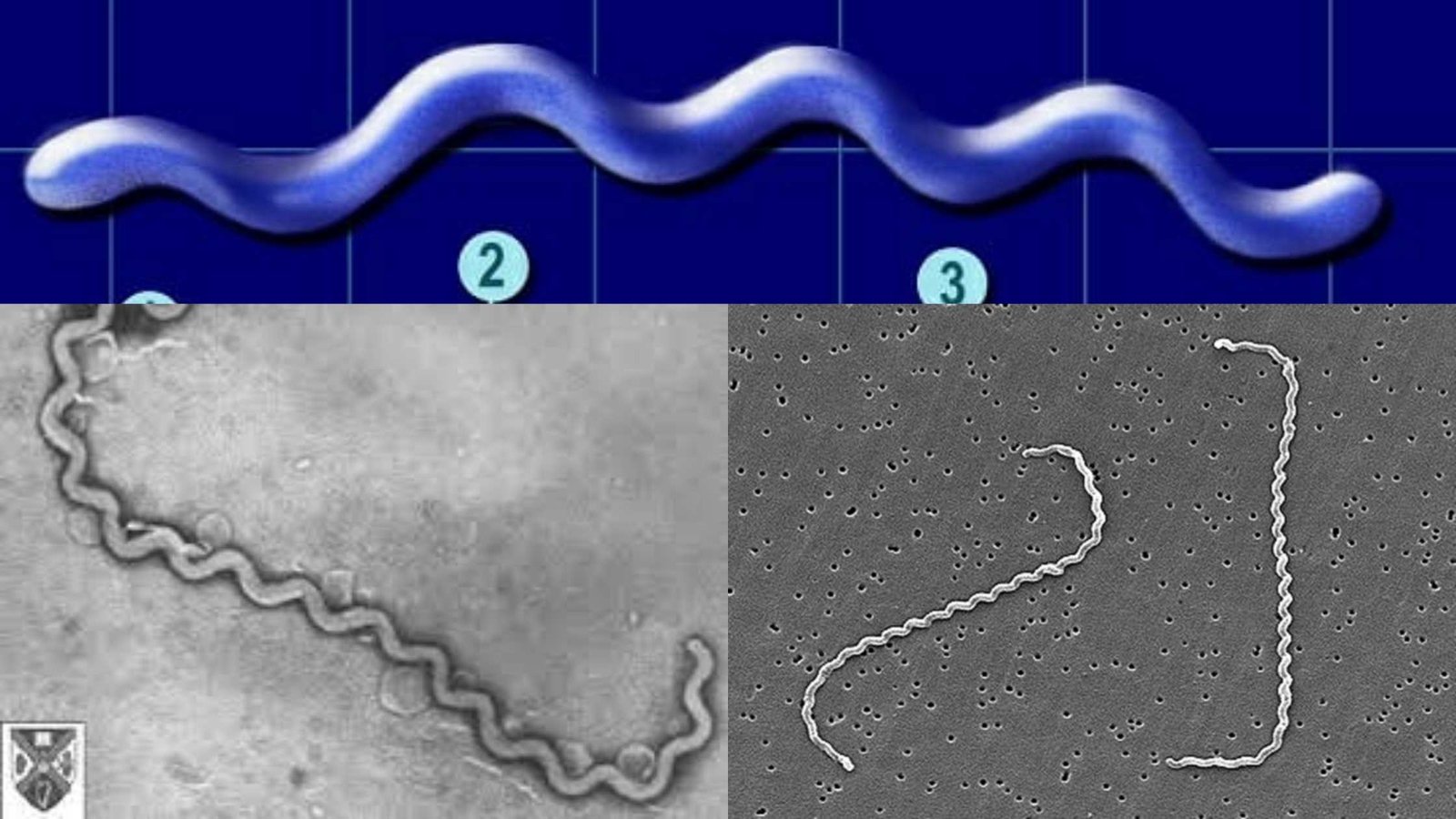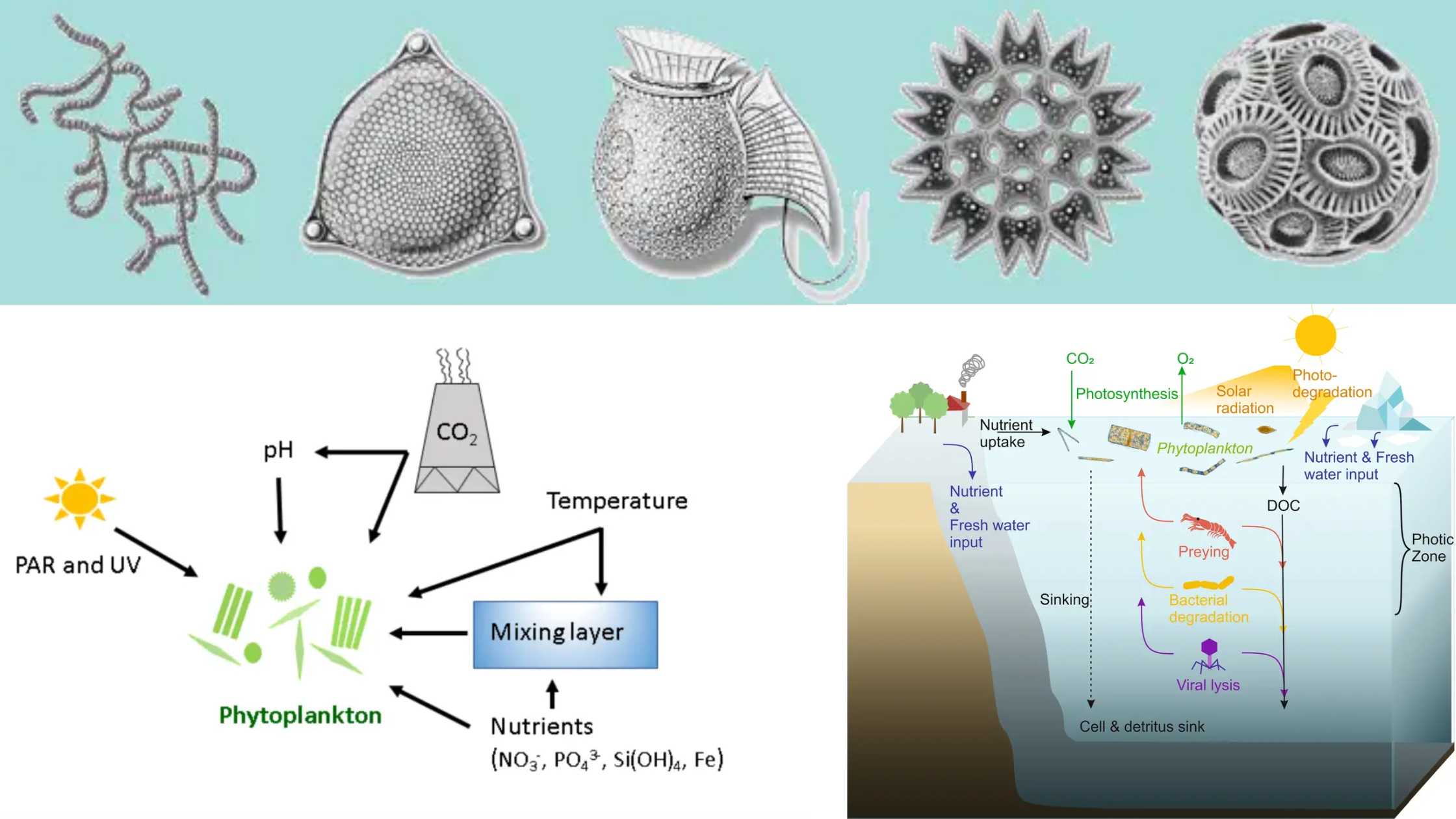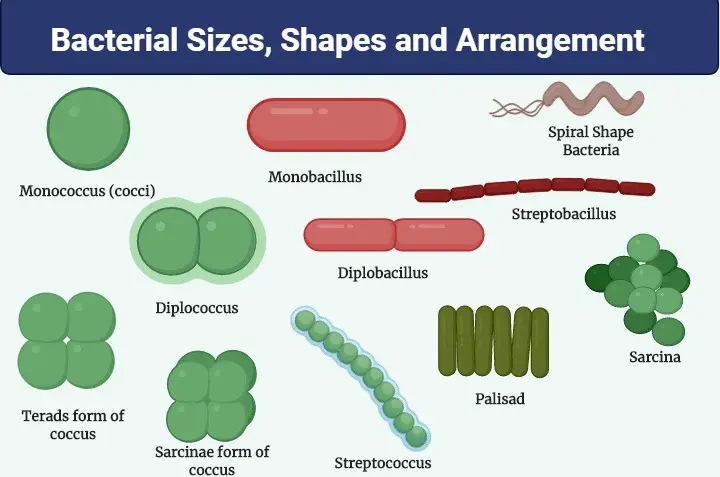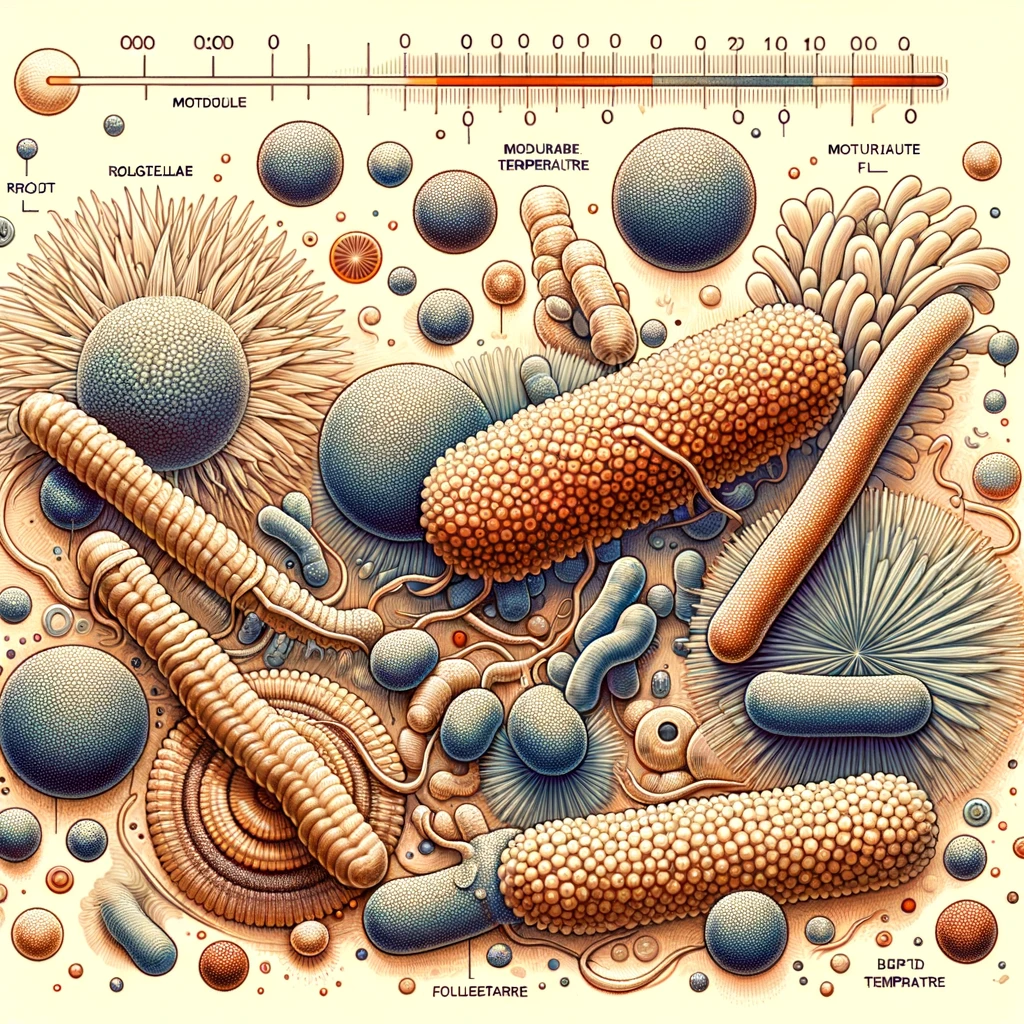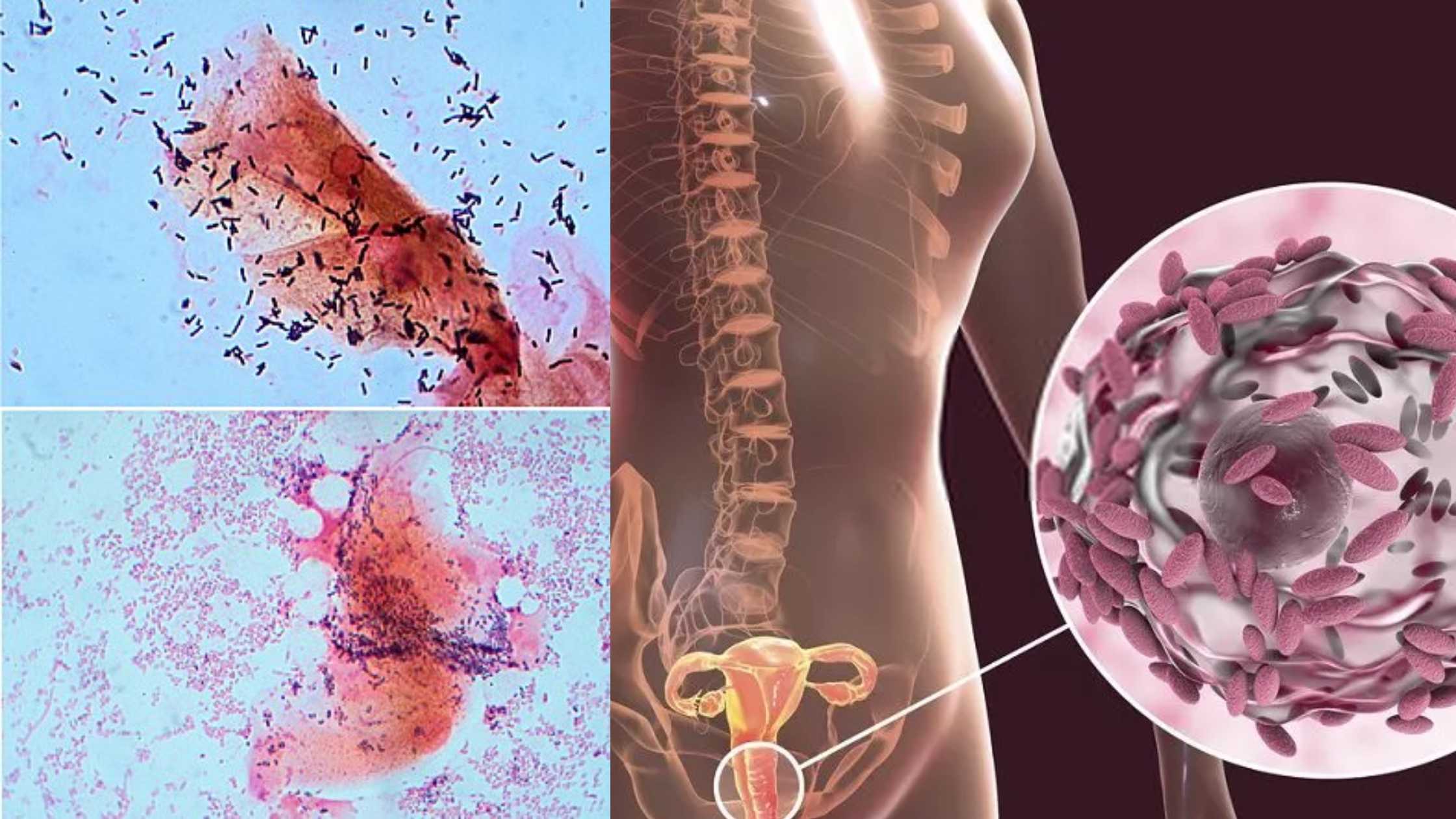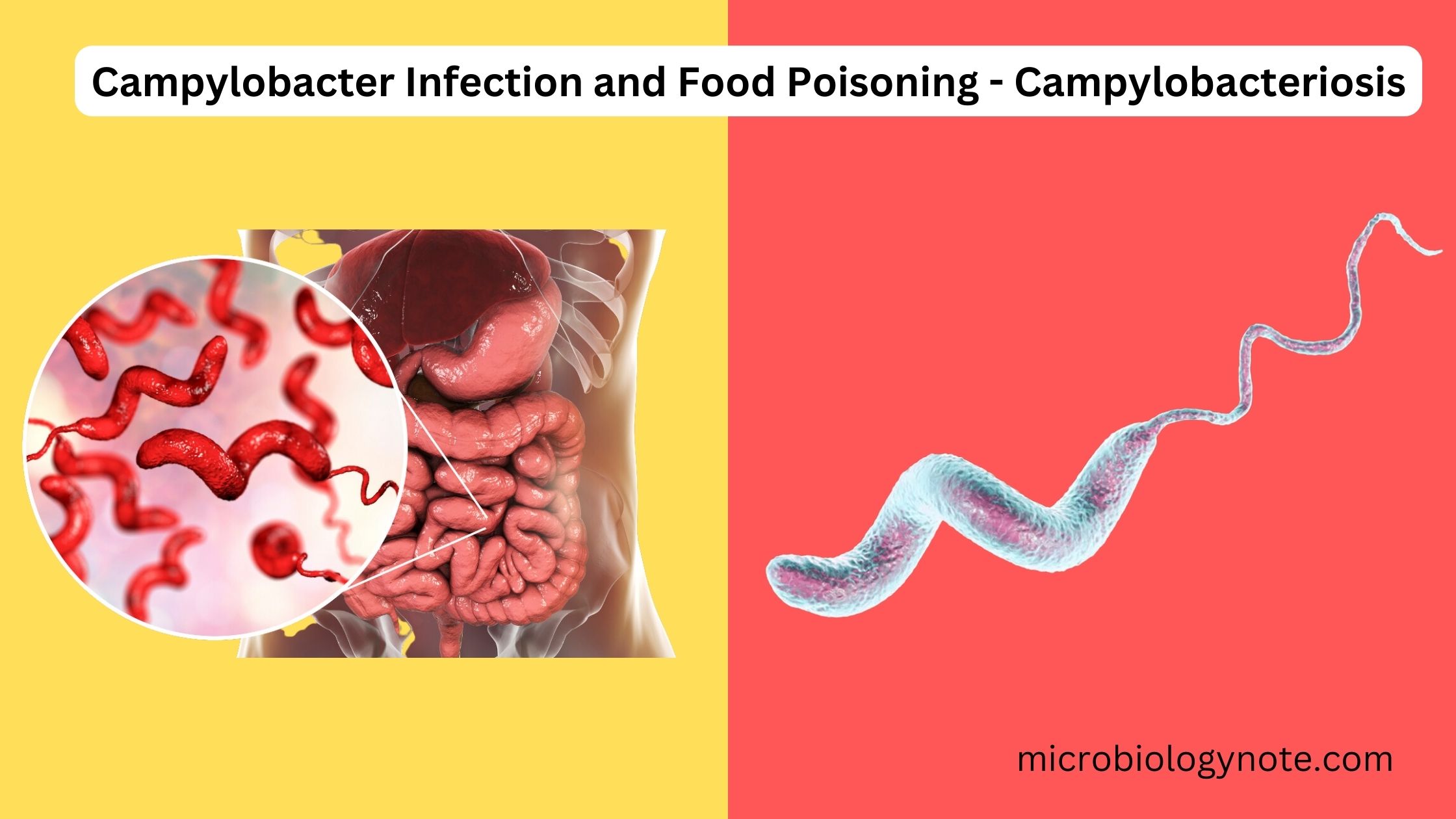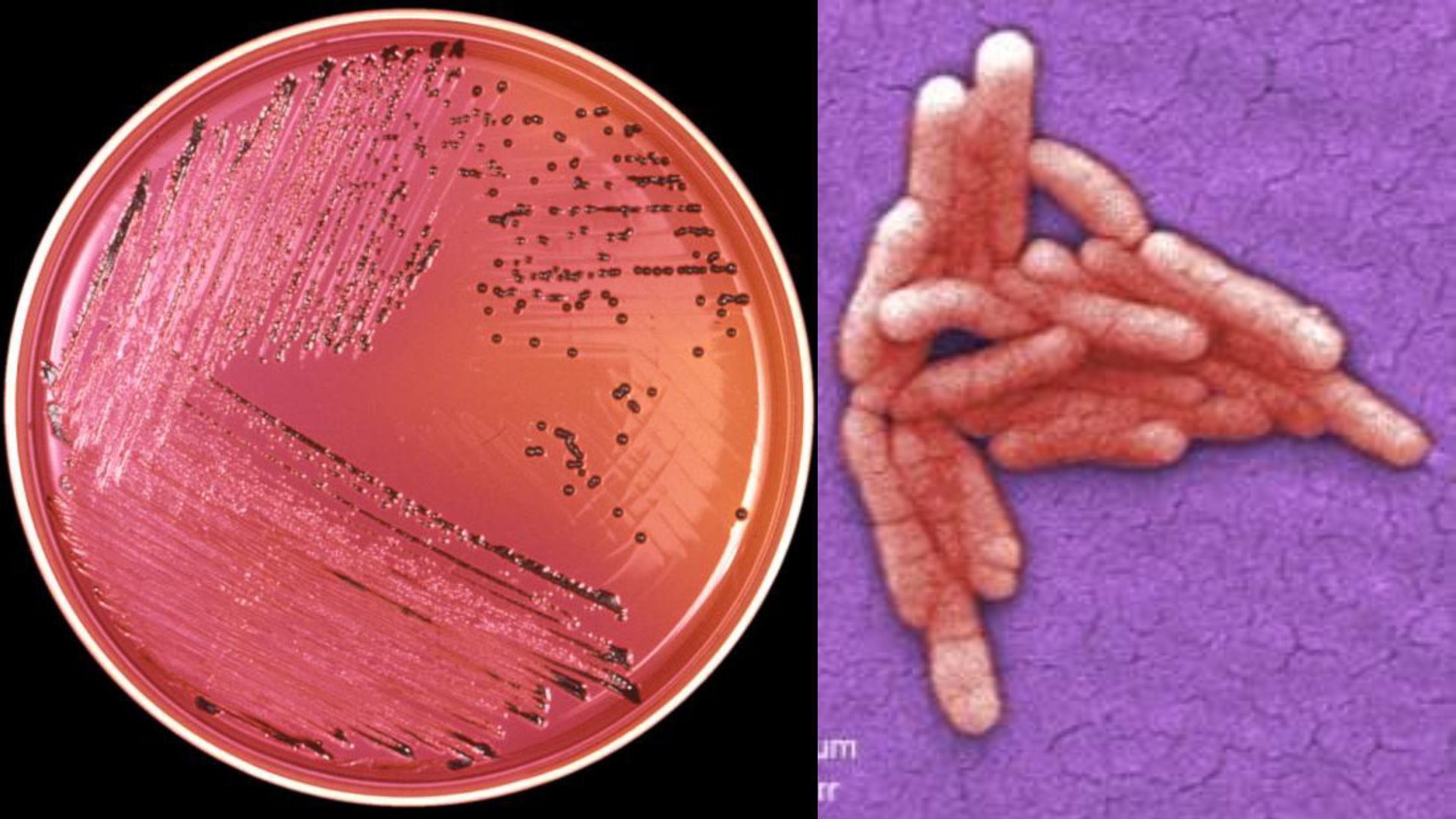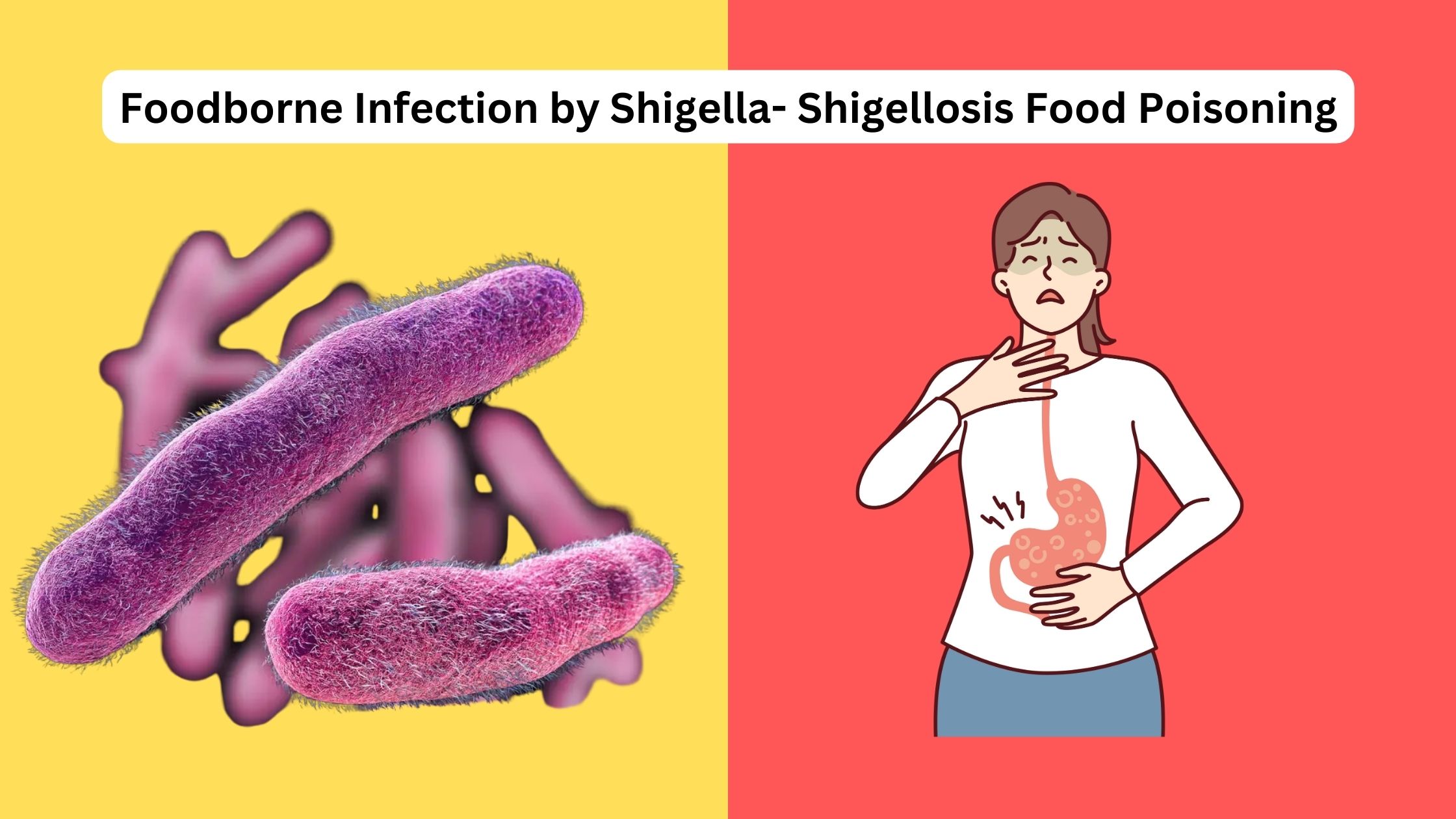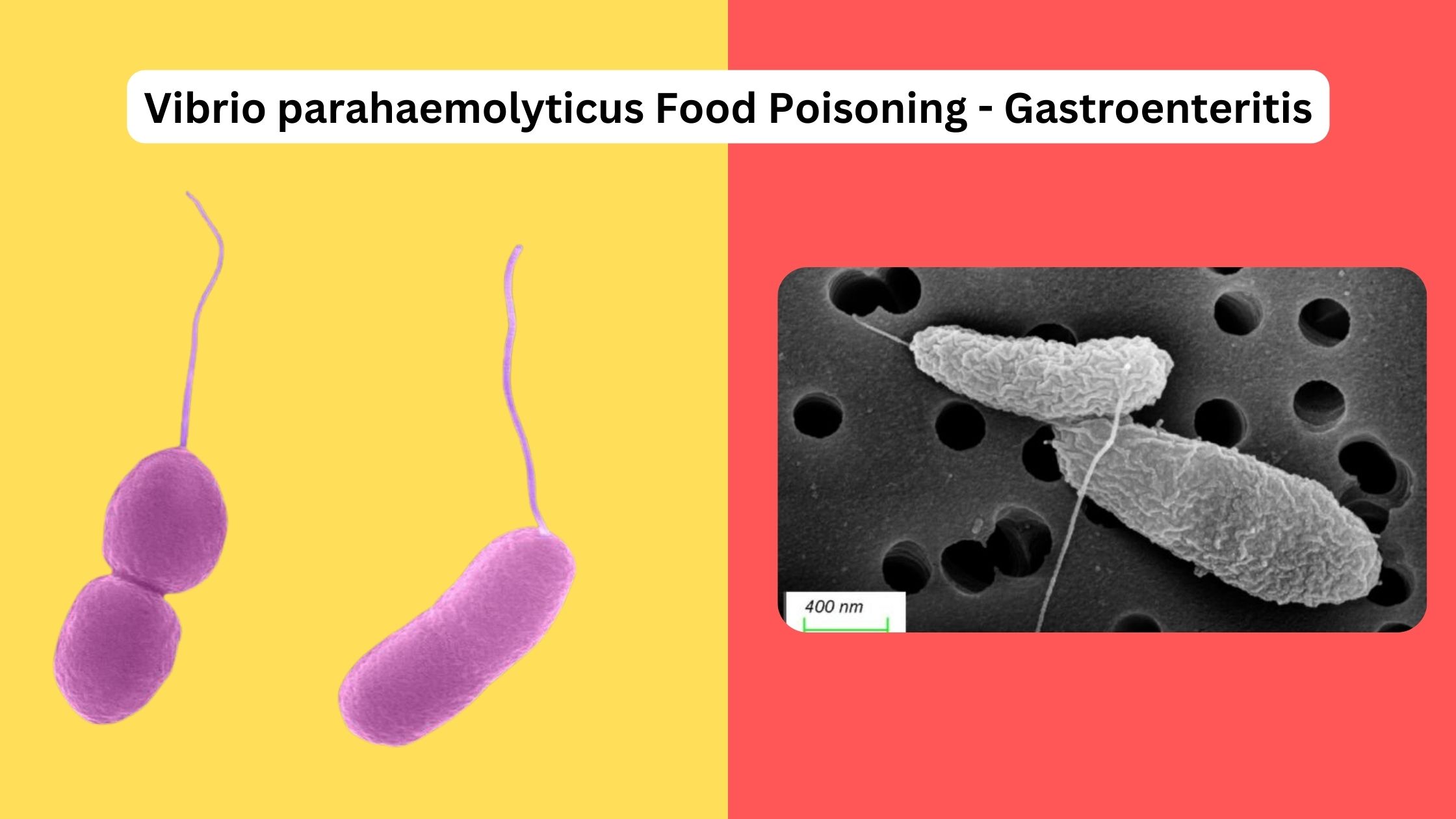Spirochete – Definition, Morphology, Diseases
What is Spirochete? Definition of Spirochete Spirochete is a type of bacteria characterized by its elongated, helically coiled (corkscrew-shaped) morphology, belonging to the phylum Spirochaetota. These bacteria are known for their unique movement mechanism using endoflagella and can be found in diverse environments, with some species causing diseases like Lyme disease and syphilis. Taxonomic organization … Read more
